Morro Bay’s eelgrass beds are a critical resource. They provide food and shelter to many plants and animals, including juvenile rockfish, steelhead trout, various shorebirds and waterfowl, and the southern sea otter. Eelgrass also helps to improve water quality. It increases water clarity, produces oxygen, sequesters carbon, and absorbs excess nutrients. Studies have shown that eelgrass is also capable of removing toxic contaminants from marine sediments.
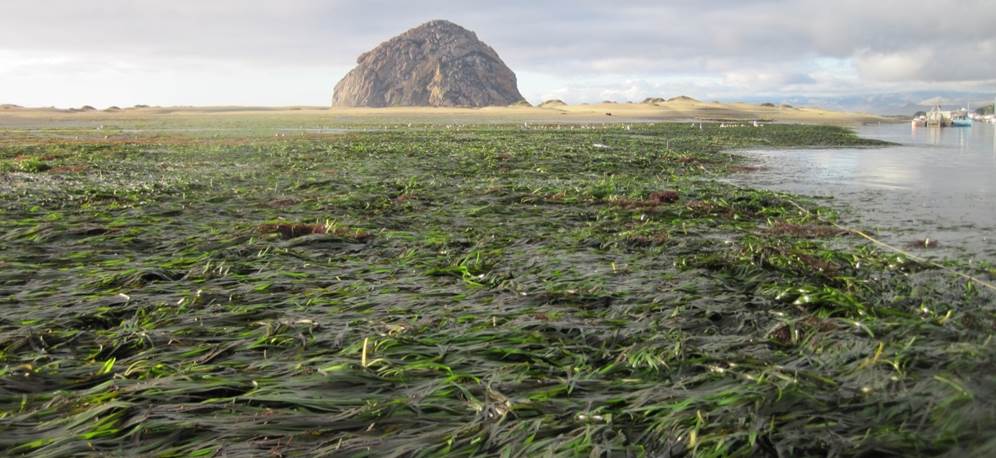
Unfortunately, eelgrass beds are diminishing worldwide. Nearly ¼ million acres of eelgrass have been lost globally over the last 30 years. This rate is comparable to losses reported for mangroves, coral reefs, and tropical rainforests, placing eelgrass among the most threatened ecosystems on earth. In Morro Bay, eelgrass beds have diminished by 97% since 2007. While eelgrass acreage naturally fluctuates, this recent decline is significant.
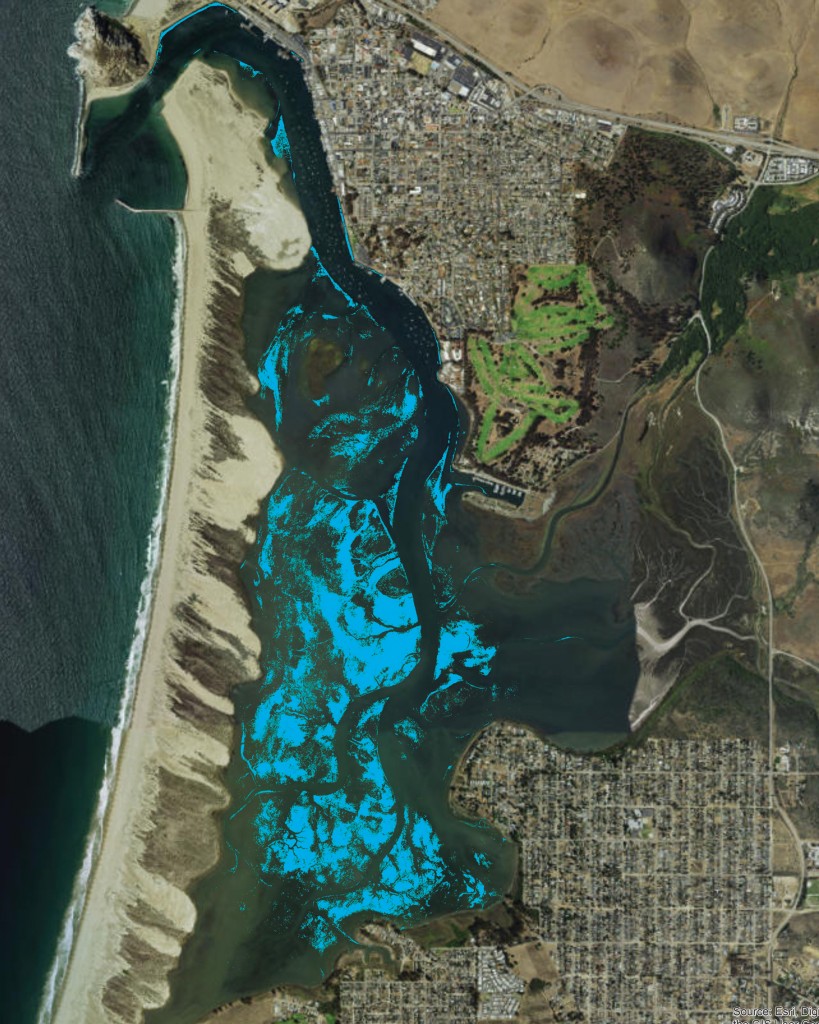
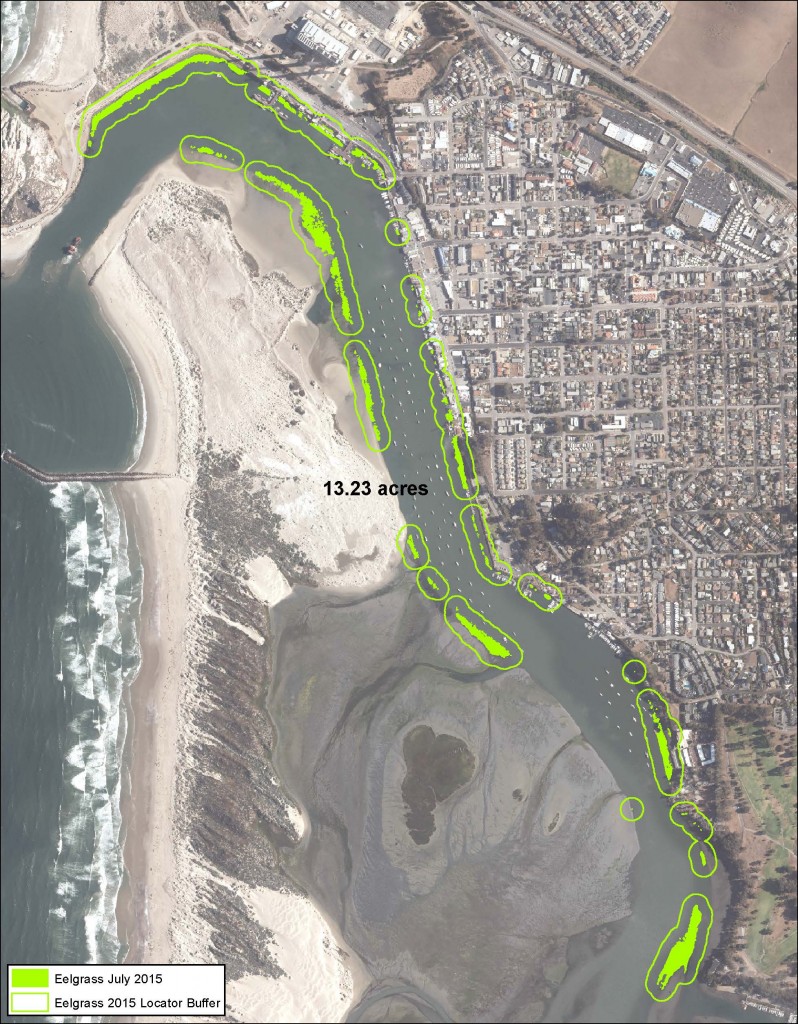
A number of water quality and environmental stressors are likely contributing to the decline, though at this time we do not know the exact causes. Poor water quality, sedimentation, invasive species, disease, development, desiccation, grazing, drought, and high temperatures all negatively impact eelgrass. Both human-induced and natural changes will continue to present challenges to sustaining eelgrass not only in Morro Bay, but globally.
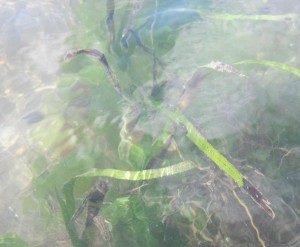
For the past three years, we have worked with our partners and many dedicated community members to address this decline. We completed our first pilot transplant effort in 2012, and ran larger-scale transplant operations in 2013 and 2014 with the help of over a hundred volunteers each time.
While the initial post-transplant monitoring results seemed favorable, eelgrass in the bay is still declining. This spring and summer, the Morro Bay National Estuary Program completed another assessment of all 115 eelgrass restoration locations. At this time, we have found only 6 transplant sites where eelgrass remains.
Because of these new findings, we will not be conducting another transplant effort this year. We do not want to move any additional plants from healthy eelgrass beds in order to relocate them without the promise of better results.
However, we are not giving up. We are trying a new, less-intensive approach by harvesting a very small amount of seed from flowering eelgrass shoots and encouraging seed dispersal in a few locations in the central part of Morro Bay. Eelgrass root material will remain untouched, allowing existing eelgrass beds to continue to expand.
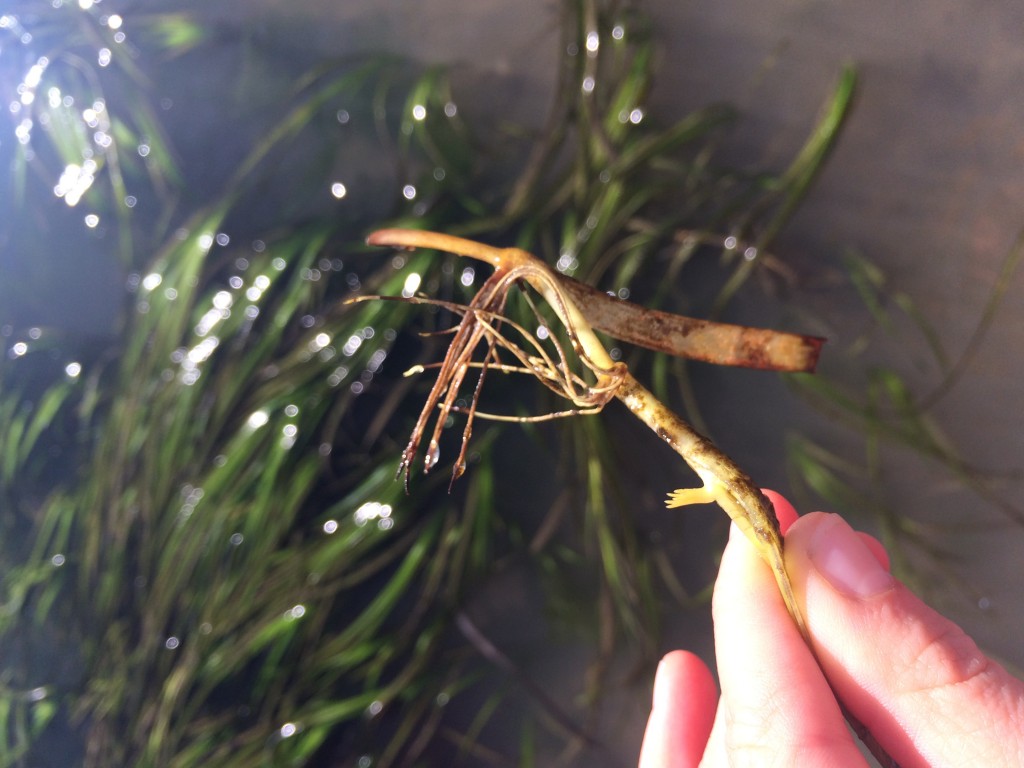
Our goal is to successfully germinate eelgrass from seed in areas once occupied by transplanted eelgrass. If enough eelgrass establishes in an area, we hope to see it expand on its own into a healthy eelgrass bed.
To help us figure out the best way to continue our work to recover eelgrass, we will be collecting more detailed information about each transect location to help us figure out what may be preventing eelgrass from thriving in the bay. We have assembled a team of experts that includes academic researchers professional biologists, agency scientists and policy advisors to provide guidance and technical support in our ongoing efforts. Research and adaptive monitoring are fundamental to achieving successful long-term eelgrass recovery in Morro Bay.
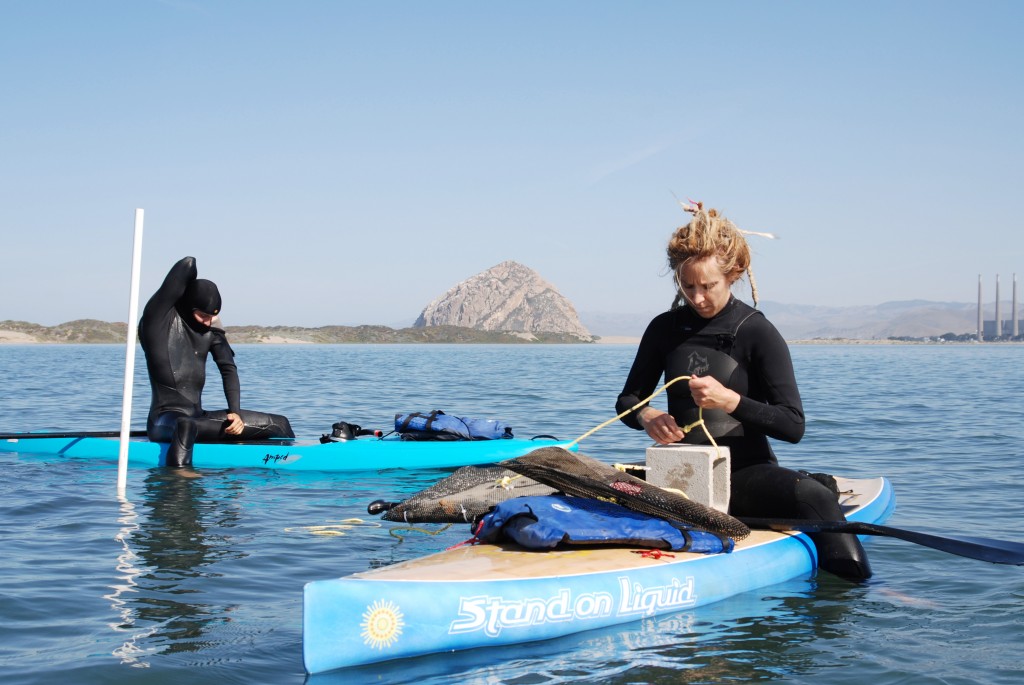
We will also continue our many years of work throughout the watershed to reduce the amount of sediment, bacteria, and other harmful substances that enter the estuary through creeks and streams. One of our current projects will prevent erosion on up to eighteen miles of rural roads, which will ultimately prevent 15,500 cubic yards of dirt from entering our waters. (That’s almost 5 Olympic-sized swimming pools of sediment.) This should help ensure that new and established eelgrass—as well as other plants and animals—have the clear, clean water that they need.
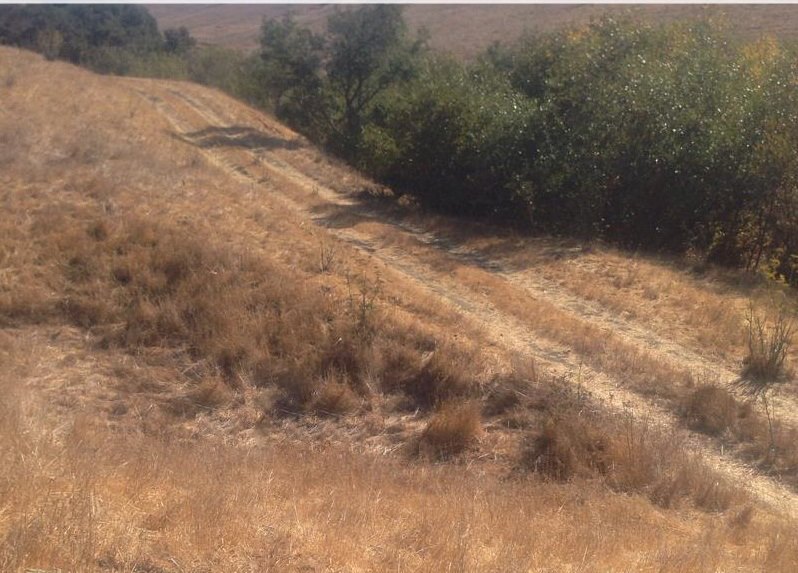
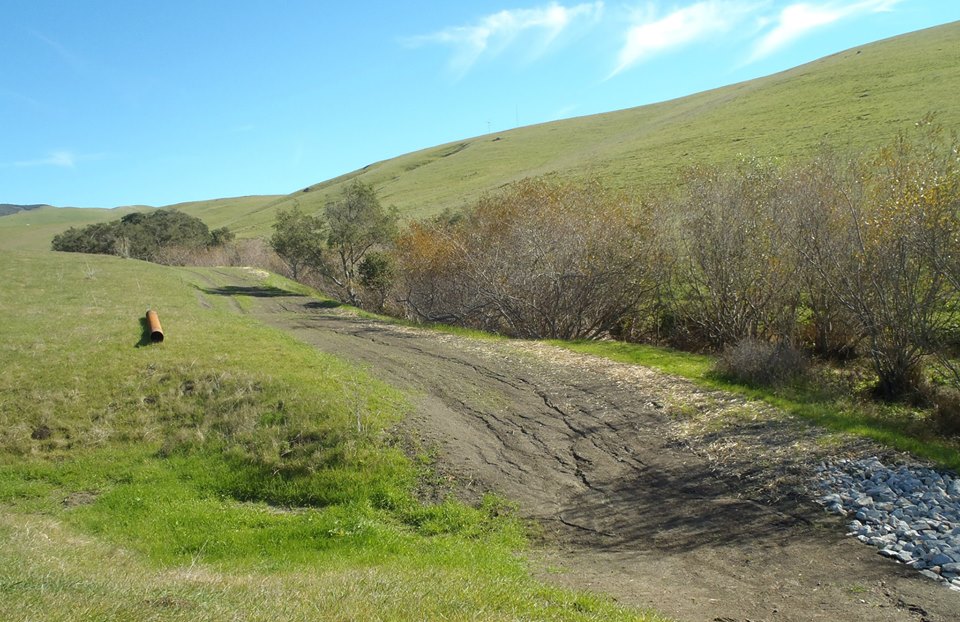
While the intensive transplant efforts we have completed in the past are not in our current plans, they haven’t been in vain. They’ve helped us to see the road forward, to strengthen our partnerships, and to continue to use the best available science as we assist nature in recovering this resilient species.
We will continue to work with our partners collaboratively to understand eelgrass dynamics in Morro Bay, so that we can successfully recover it. We are very grateful to our volunteers and partners who are committed to helping us combat this global eelgrass decline here in Morro Bay.